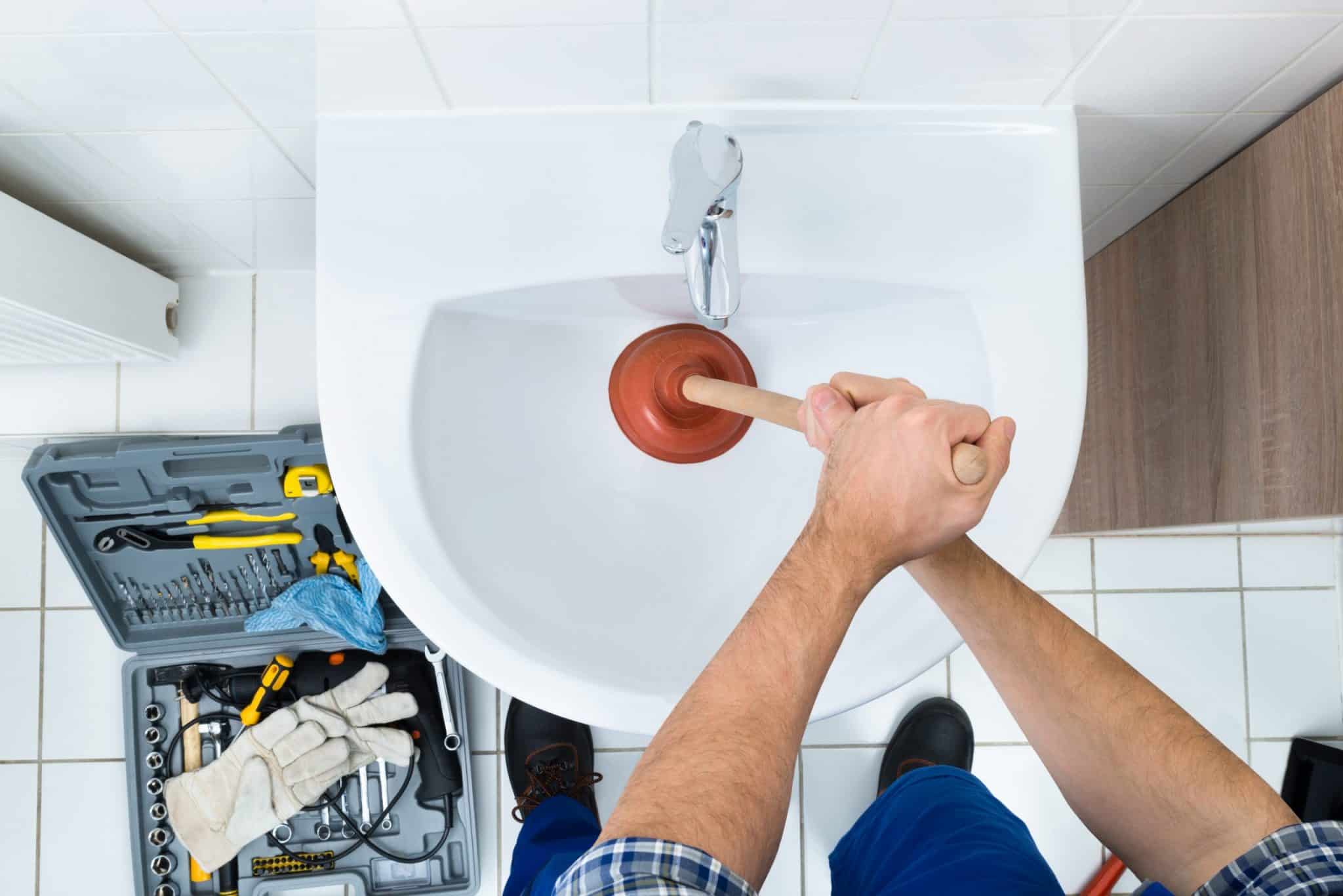Plumbing is one of those home systems that everyone has an opinion on—yet very few truly understand. Over time, myths about what plumbers do, how systems work, and what’s “normal” in household plumbing have spread like slow leaks. RENTit Colorado Management emphasizes that believing these myths can lead to costly mistakes, preventable damage, and unnecessary emergency calls.
Myth 1: Flushing “Flushable” Wipes is Safe
The convenience of “flushable” wipes has led many people to believe that they can be flushed just like toilet paper. However, the reality is quite different. While the packaging claims the wipes are safe to flush, they do not break down in the same way toilet paper does. These wipes often get stuck in the pipes, leading to clogs and blockages. Over time, this can cause significant damage to your plumbing system and may require costly repairs to clear the pipes.
In fact, even products labeled as “flushable” can cause serious issues for both your plumbing and municipal sewer systems. The best practice is to dispose of all wipes, even those labeled flushable, in the trash rather than flushing them down the toilet.
Myth 2: Pouring Boiling Water Down Drains Clears Grease
Many people believe that pouring boiling water down their kitchen sink or bathroom drain will help clear away grease and food residue. While boiling water may temporarily dissolve some grease or soap scum, it doesn’t actually remove it from your pipes. In fact, this can lead to more significant problems.
Grease and fat can solidify as they cool, creating a sticky residue in your pipes that may eventually lead to severe blockages. The boiling water might clear the grease for a short time, but it can also exacerbate the problem by pushing the grease further down the drain, where it will solidify again. Instead of boiling water, use a drain cleaner designed for grease or, even better, call a professional plumber for proper cleaning.
Myth 3: You Can Fix Any Leak With Tape
When a pipe begins to leak, it can be tempting to quickly patch the problem with duct tape or similar materials. This is a widespread myth, but it’s a short-term solution at best. While tape might stop a leak temporarily, it won’t address the root cause of the problem.
Pipes can deteriorate for various reasons, such as corrosion or high water pressure. Simply covering the leak with tape will not fix the damage to the pipe itself. It’s essential to have a plumber inspect and repair the pipe, as ignoring the leak can result in water damage, mold growth, or even a burst pipe.
Myth 4: A Bigger Pipe Means More Pressure
Many people assume that having a larger pipe will improve water pressure throughout their home. While larger pipes might help in some cases, increasing the size of your pipes does not automatically boost water pressure. In fact, the water pressure is determined by the pressure in your plumbing system, not the size of the pipes.
A professional plumber can adjust the pressure regulator to achieve optimal water pressure, which ensures that your pipes are working efficiently. Simply upgrading to a larger pipe without addressing other factors may result in an unnecessary and costly upgrade without any significant improvement to water flow.
Myth 5: All Plumbers Charge the Same Rate
Not all plumbers are created equal, and neither are their rates. Many people assume that plumbing companies charge the same rates for services, but this is far from the truth. The cost of plumbing services can vary significantly depending on a variety of factors, including the plumber’s experience, the complexity of the problem, and the time of day or week.
Plumbing emergencies that require immediate attention, such as a burst pipe or overflowing toilet, are often subject to higher rates, especially if you call after hours or on weekends. Additionally, some plumbers may charge a flat fee for specific services, while others may charge by the hour. It’s important to research plumbing companies, compare quotes, and ask for an estimate before hiring a plumber to avoid surprises when you receive the bill.
Myth 6: If Your Toilet is Running, It’s No Big Deal
A running toilet may seem like a minor inconvenience, but it can be a sign of a more serious problem and is often a huge waste of water. A toilet that runs continuously uses excessive amounts of water, leading to higher water bills. The culprit could be a malfunctioning flapper, a worn-out valve, or an improperly adjusted float, all of which can be repaired by a plumber.
If left unchecked, a running toilet can waste hundreds of gallons of water per month, costing you significantly over time. If your toilet is running, it’s essential to fix the problem as soon as possible to prevent unnecessary water usage and avoid higher water bills.
Myth 7: Drano is Safe for All Clogs
Drano and similar chemical drain cleaners are often seen as a quick solution for clearing clogs in the plumbing. However, using these products can cause more harm than good. Drano and other harsh chemical drain cleaners contain caustic substances that can damage your pipes over time, especially if used frequently. These chemicals can cause the pipes to corrode, leading to leaks and further damage down the line.
Additionally, if the clog is caused by a more severe issue, such as a deep blockage or tree root intrusion, Drano will do nothing to fix the underlying problem. It’s better to avoid these harsh chemicals and instead opt for safer methods like a drain snake or professional plumbing services to clear the clog without damaging your pipes.
Myth 8: You Don’t Need a Plumbing Inspection in a New Home
Many new homeowners assume that because their home is newly built, the plumbing is in perfect condition and doesn’t need an inspection. However, even new homes can have plumbing issues, whether they are related to faulty installation, subpar materials, or simple wear and tear over time.
Plumbing problems can sometimes go unnoticed in new homes, especially if they are hidden behind walls or in less visible areas. Hiring a professional plumber to conduct a thorough inspection before moving in can help you identify potential issues early, saving you money on future repairs and ensuring that your plumbing system is up to code.
Myth 9: You Don’t Need to Maintain Your Water Heater Until It Breaks
Many homeowners neglect regular maintenance on their water heaters, assuming that they don’t need attention until something goes wrong. However, like any appliance, your water heater requires periodic maintenance to ensure it runs efficiently and to prolong its lifespan.
Over time, sediment builds up in the tank, reducing the water heater’s efficiency and making it work harder to heat water. Regularly flushing the tank, checking the thermostat, and inspecting for leaks can help prevent costly repairs or the need for a premature replacement. Regular maintenance can also ensure that your water heater operates at peak efficiency, saving you money on energy bills.
Conclusion
Plumbing myths can lead to poor decisions that cost you time, money, and frustration. By understanding the truth behind common plumbing misconceptions, you can make informed decisions about how to maintain your plumbing system and avoid unnecessary repairs. Always remember that when in doubt, it’s best to consult a professional plumber who can provide expert advice and services tailored to your home’s specific needs. By taking proactive steps and dispelling these myths, you can ensure that your plumbing system runs smoothly and efficiently for years to come.









